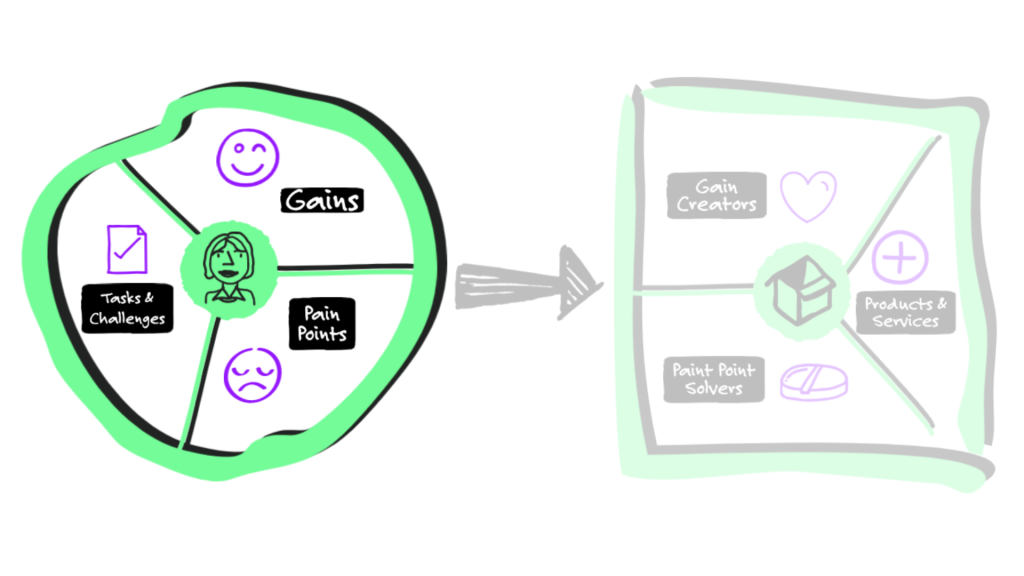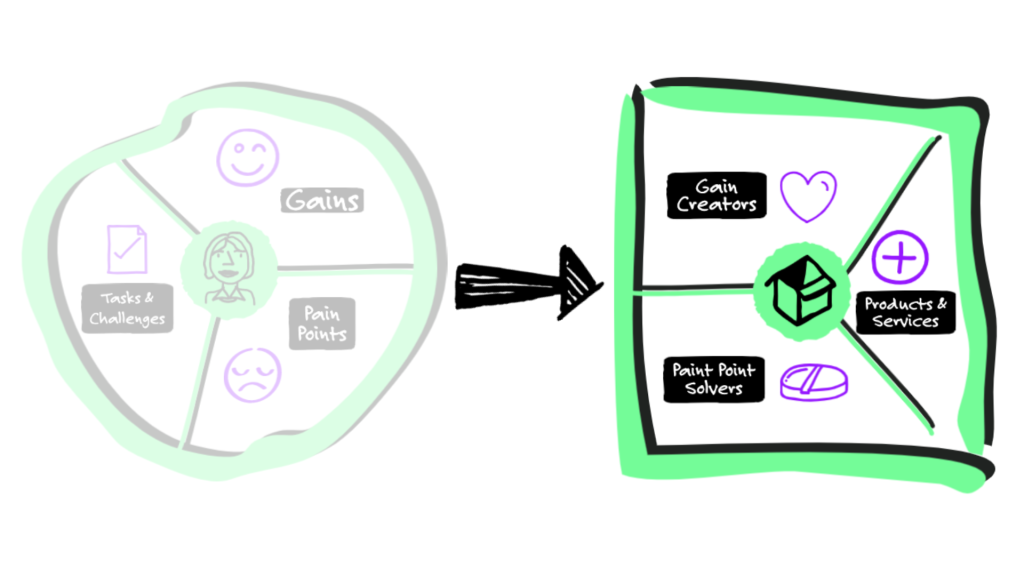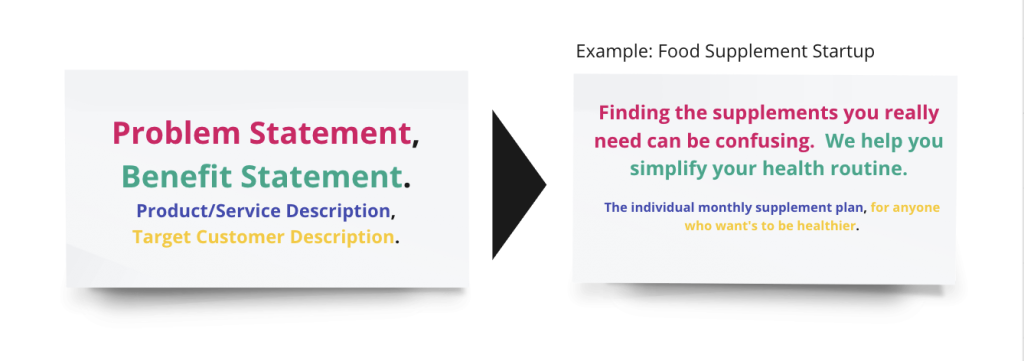Navigating the maze of launching a startup requires a robust roadmap. One crucial framework is the Value Proposition Design. It’s not just another buzzword; it’s your compass to steer your startup toward success.
💡 What is Value Proposition Design?
Value Proposition Design is a structured methodology crucial for your startup to define and articulate the unique value your products or services offer to customers. Think of it as the heartbeat of your business model – the pulse that resonates with your customers. It focuses on understanding your customers’ needs, differentiating your business from competitors, and communicating the benefits of your offerings effectively.
🚀 Why is Value Proposition Design Important?
Your startup’s success hinges on defining and articulating your value proposition effectively. It is a crucial approach because it helps you to achieve market relevance and sustainable growth, through a number of essential outcomes:
- Customer-Centric Offering: Understand specific customer segments’ needs and desires to tailor products or services accordingly.
- Competitive Advantage: Clearly define unique values to help differentiate from competitors in the market.
- Enhanced Communication: Assist in effectively communicating the value of your offerings to potential customers.
- Product-Market Fit: Aid in aligning the product or service with the target audience’s needs, ensuring better acceptance and success.
🗒️ Market Trend & Innovation Discovery Step-by-step
The following set of essential steps will guide you through the implementation of Value Proposition Design, starting with the customer in order to develop a truly customer centric offering:
✅ Step A: Understand Your Customers
- Create Customer Personas for Your Target Segments: Customer personas are detailed representations of your various customer segments. Put yourself into the shoes of your customers and describe them including demographics, behaviors, preferences, and pain points. For instance, consider factors like age, location, income level, motivations, challenges, and goals. This exercise helps humanize your customers and provides insight into their diverse needs and expectations.
- Utilize Customer Empathy Maps: Employ empathy maps to dive deeper into your customers’ perspectives. Understand their thoughts, feelings, and motivations related to your product or service. Analyze what they see, hear, say, think, and do. This visualization helps in empathizing with their needs and aids in crafting solutions that resonate with them on a personal level.
- Identify Jobs To Be Done (JTBD): Pinpoint the core tasks, problems, and gains that your customers seek from your product or service. Focus on understanding the ‘jobs’ your customers need to accomplish, their pains, and the gains they aspire to achieve. This step is pivotal in identifying unmet needs and opportunities for innovation.
✅ Step B: Consolidated Customer View

- Review and Categorize Customer Insights: Review and categorize the information collected for each customer segment. Organize the identified tasks, pain points, and gains. This process helps in synthesizing the data into meaningful patterns and insights that form the basis for your value propositions.
- Categorize by Value Dimensions: Group the findings based on core value dimensions: Functional, Emotional, Social, and Economic. Identify how your product or service fulfills functional needs, satisfies emotional desires, aligns with social aspects, and impacts economic considerations. This categorization aids in creating a holistic understanding of your value proposition elements.
✅ Step C: Analyze Competitors' Value Proposition
- Comprehensive Competitor Assessment: Conduct a thorough analysis of your competitors’ products, their pain point solutions, and the unique value they offer. Identify what sets them apart and how they position themselves in the market. This evaluation helps in recognizing gaps and opportunities for your startup.
- Identify Gaps in Competitors’ Offerings: Identify areas where competitors may fall short in addressing customer needs. This involves understanding the limitations or inadequacies in their products or services. Recognizing these gaps allows you to capitalize on unmet needs and develop a competitive edge.
✅ Step D: Achieve Product-Market Fit

- Translate Customer Insights into your Value Proposition: Integrate the customer challenges and gains identified in the earlier steps into your value proposition design. Ensure that your product or service addresses these needs effectively, aligning your offerings with what your target audience truly values.
- Mapping Solutions with Customer Needs: Map your products/services, solutions to pain points, and unique offerings to meet the specific needs of your customers. Simultaneously, consider how these offerings stand against competitor solutions. This process ensures that your offerings resonate with your audience and stand out in the market.
✅ Step E: Develop the Value Proposition Statement

- Craft a Concise Value Proposition Message: Develop a succinct, compelling value proposition that addresses the identified problem statements, benefits, product/service category, and target customers. Your message should be clear, impactful, and differentiated, highlighting the unique value your startup offers.
- Refine Multiple Variations for Effectiveness: Brainstorm and refine various versions of your value proposition messages. Test them for clarity, resonance, and effectiveness in addressing customer needs. This iterative process helps in enhancing the overall quality and impact of your value proposition.
- Select Final Messages through Collaborative Voting: Vote in the whole team to select the most effective value proposition messages. This approach ensures that the chosen message resonates well internally and is aligned with the collective vision of the startup.
In conclusion, value proposition design is a pivotal framework for you, as a startup founder, to strategically align your offerings with customer needs, differentiate yourself in the market, and effectively communicate the unique value you bring. Through structured steps like understanding your customers, analyzing competitors, and formulating clear value propositions, you can enhance your chances of achieving product-market fit and long-term success.

Get Ready-to-Use Templates and Practical Guidances . 🚀
Check out our basecamp for founders for practical guidance and templates on Market Environment Analysis and many more business building methodologies.

